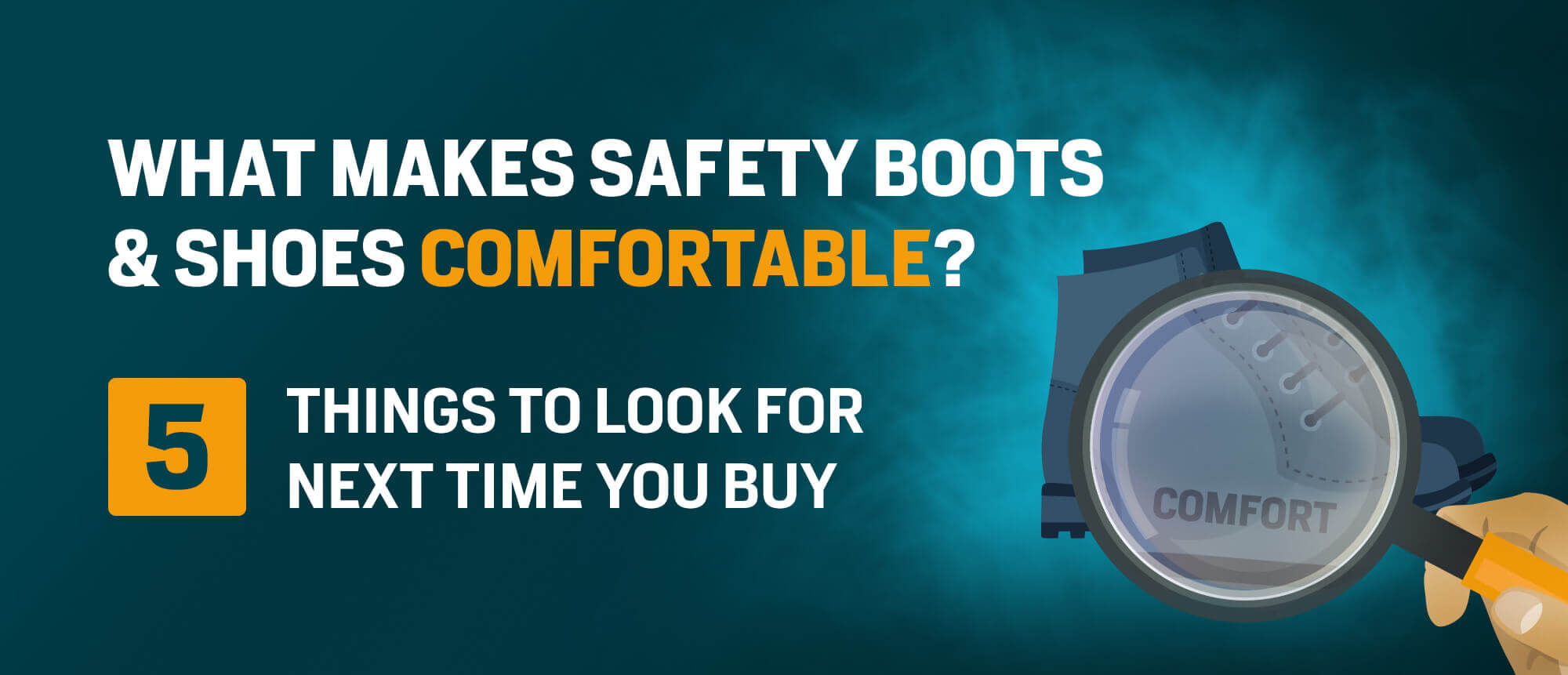
Work boots must be man’s second-best friend. They’re on your feet all day long, keeping your feet safe and comfortable and protecting them from damp, soggy workplaces. Choosing the right boots is seriously important for your foot health. Wearing low quality, unsupportive boots can lead to injuries and long-term podiatry issues.
Unfortunately, you can’t just use the price tag to decide how comfy they’ll be!
There are 5 main factors you need to look for next time you’re buying boots. This guide will go over each of them in detail, so you can make sure the next time you invest in work boots, they are the comfiest you’ve had yet!
Find a comfortable fit
Yes, this is an obvious factor. If your boots don’t fit, they won’t be comfortable, no matter how many bells and whistles they have! It’s also vital you wear correctly fitted boots for your foot health, because you don’t get arch, heel or ankle support if you don’t!
Finding your ‘fit’ isn’t as simple as it sounds when it comes to work boots. You need to consider these 4 points:
- Make sure your toes fit inside the toe cap, which can cause serious discomfort! They should only just touch the sides and shouldn’t touch the top. If you need, some brands of boot use an extra wide cap.
- Laces allow you to adjust the fit of the boots much more than slip on’s. They also provide superior ankle support, which is why podiatrists endorse them.
-
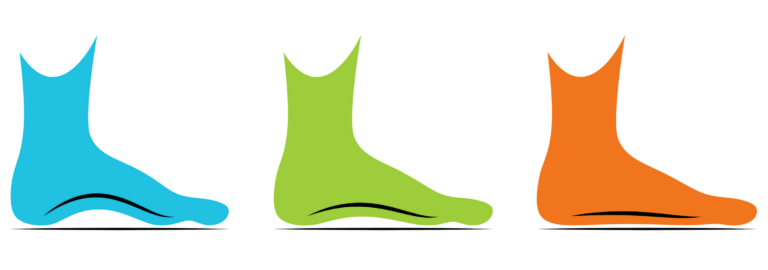
The arch of your foot can change over time, meaning you have to periodically measure it to ensure your buy boots that fit correctly. The arch measurement of your foot is important to take as well, as arch support is vital to support the ligaments that connect your heel and toes. Your arch can change over time as you get older and heavier, meaning your foot doesn’t actually get longer, but the ball of your foot moves closer to the front of the shoe than it should be. It’s a good idea to get your arch measured in a sports shoe store before buying your next work boots!
- Your feet will swell by the end of a long day, especially when it’s hot. Try new boots on after work and wear the socks you wear each day.
Go with a high quality upper and inner
Boots with high quality upper materials are generally more comfortable and will far outlast cheaper alternatives. Boots like Steel Blue use premium full grain leather that is flexible and softens quickly, meaning it takes less time to ‘break them in’.
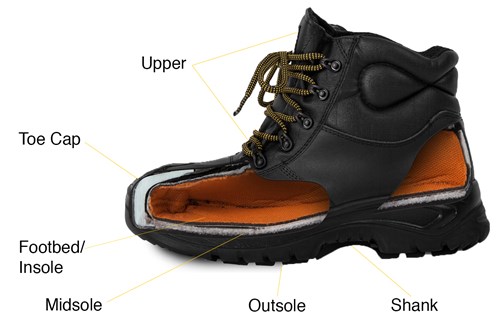
Depending on your job role, you may decide to go with something that has water resistance or a waterproof membrane, as well. Remember, if they don’t let water in, they don’t really let water out either (despite the claims), so your feet will sweat more. No matter how good your boots are…you’ll be uncomfortable if your feet are damp!
It can be harder to know what to look for in the inners of boots. Obviously its important the innersole is of top quality and supports your foot’s arch, but the type of mesh or material that lines the top and sides of the boots (known as the foodbed) is also important. Choose a boot that uses abrasion resistant material that wicks sweat away from your feet.
It’s also important you run your hand inside the boot on the top cover until you can feel the steel toe. Is there a sharp edge? A good quality boot will have an edge protector to ensure your feet don’t rub on the safety toe, which can become seriously uncomfortable!
Break them in properly
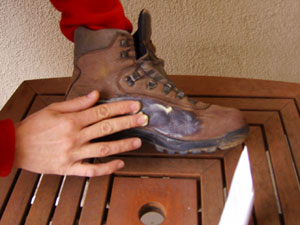 For your boots to be most comfortable, its important you break them boots in. they will often be stiff straight out of the box, especially if they use a leather upper. Wear them for an hour or so each day for the first week, until you feel them forming around your feet. Taking them straight onto site can leave you with blisters and wear points as your feet rub against parts of the boot that are shaped differently to your previous boots.
For your boots to be most comfortable, its important you break them boots in. they will often be stiff straight out of the box, especially if they use a leather upper. Wear them for an hour or so each day for the first week, until you feel them forming around your feet. Taking them straight onto site can leave you with blisters and wear points as your feet rub against parts of the boot that are shaped differently to your previous boots.
Its also important you give new boots treatment with a good leather conditioner and preservative. As well as helping them last longer, this can soften the leather, making them more comfortable more quickly. It should also stop them going stiff as they get older.
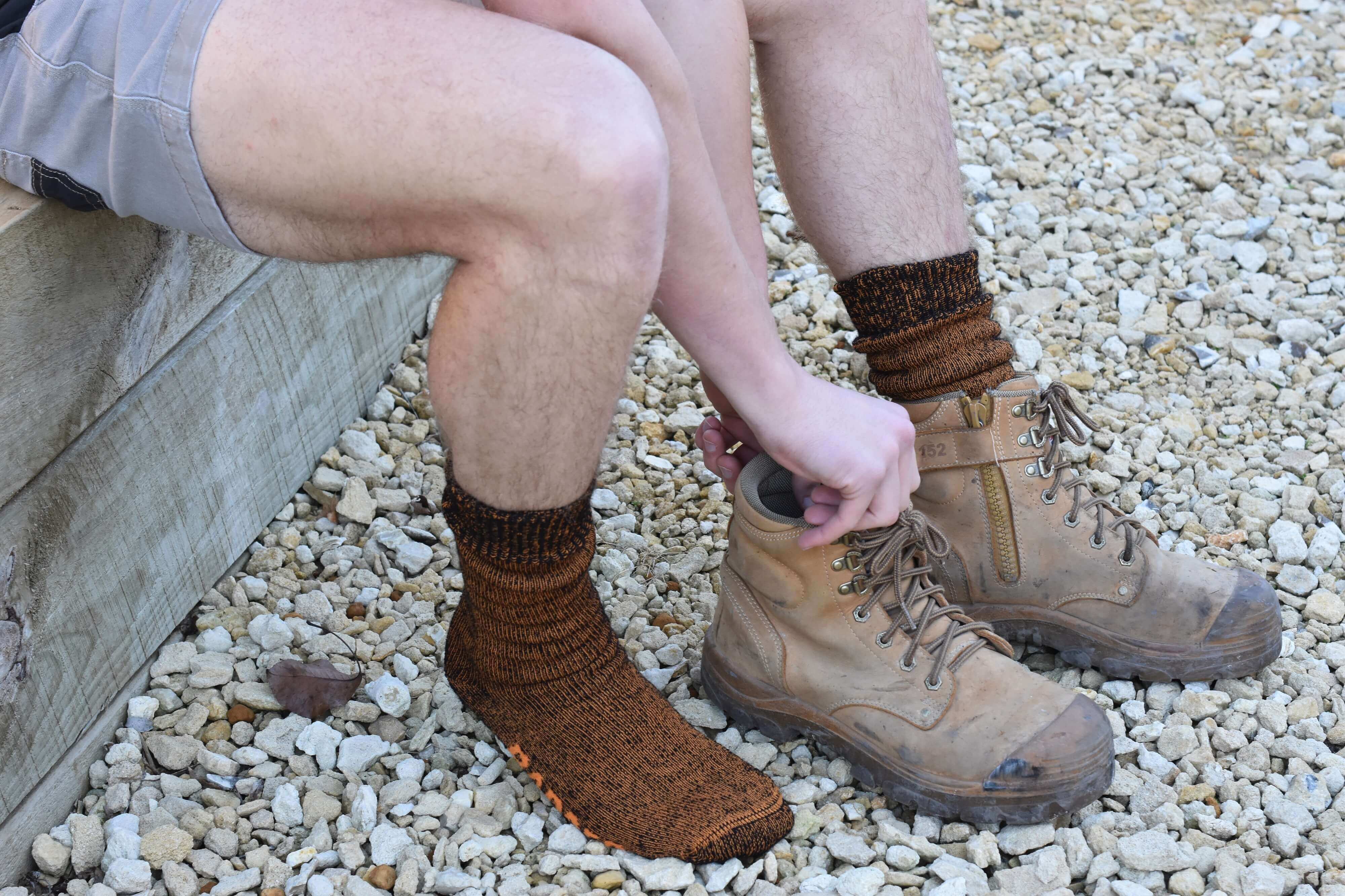
Wear a good boot sock
A good work boot sock will add cushioning and make your boots more comfortable. Polyester, bamboo and wool/synthetic blends will always keep your feet comfier than cotton, as it wicks moisture away from your skin. Cotton socks absorb moisture and will leave your feet damp. Woolen blends are the best, as they are also antimicrobial (anti-stink).
Again, it’s important you wear the socks you normally wear when you try on boots, to get the right fit.
Don’t carry extra load!
The old back-packer adage tells a story – a pound on your feet equals five in your pack! Heavier boots are not necessarily safer boots, which new boot technology meaning they are getting lighter and lighter.
While the latest technology steel toes are much lighter than they used to be, composite safety toes generally shave quite a bit of weight off. The material used in the sole also has an impact; boots that use rubber soles are generally heavier than those that use TPU and nitrile. For more information on which boot sole you should go for, check out this article.

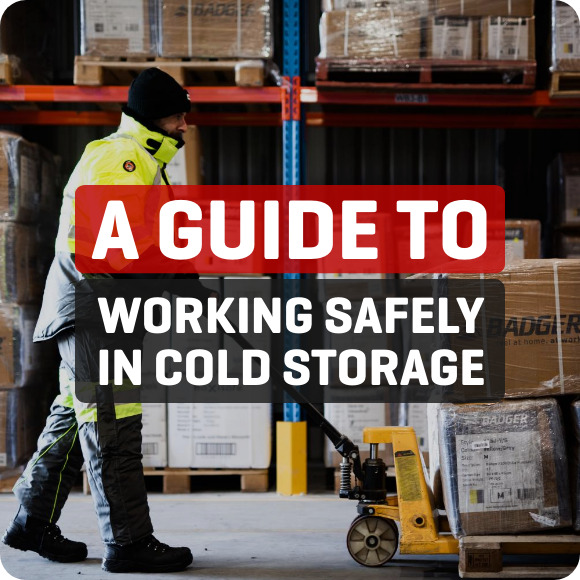
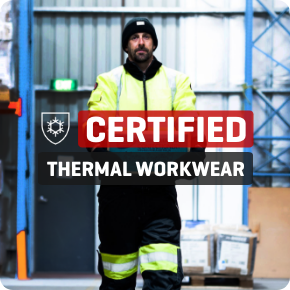

1 Comment. Leave new
Safety shoes are as important for men as for women, and wearing them can give the worker protection, in conformity with standards and laws. Anyone who works with heavy machinery, hazardous items and chemicals should wear the corresponding safety shoes, to make sure no accidents happen. Such shoes are designed to provide protection from electrical risks, slipping and chemical spills. They are equipped with slip-resistant soles, materials that protect the feet from falling objects and metallic or non-metallic protective materials, for constant protection of the toes.